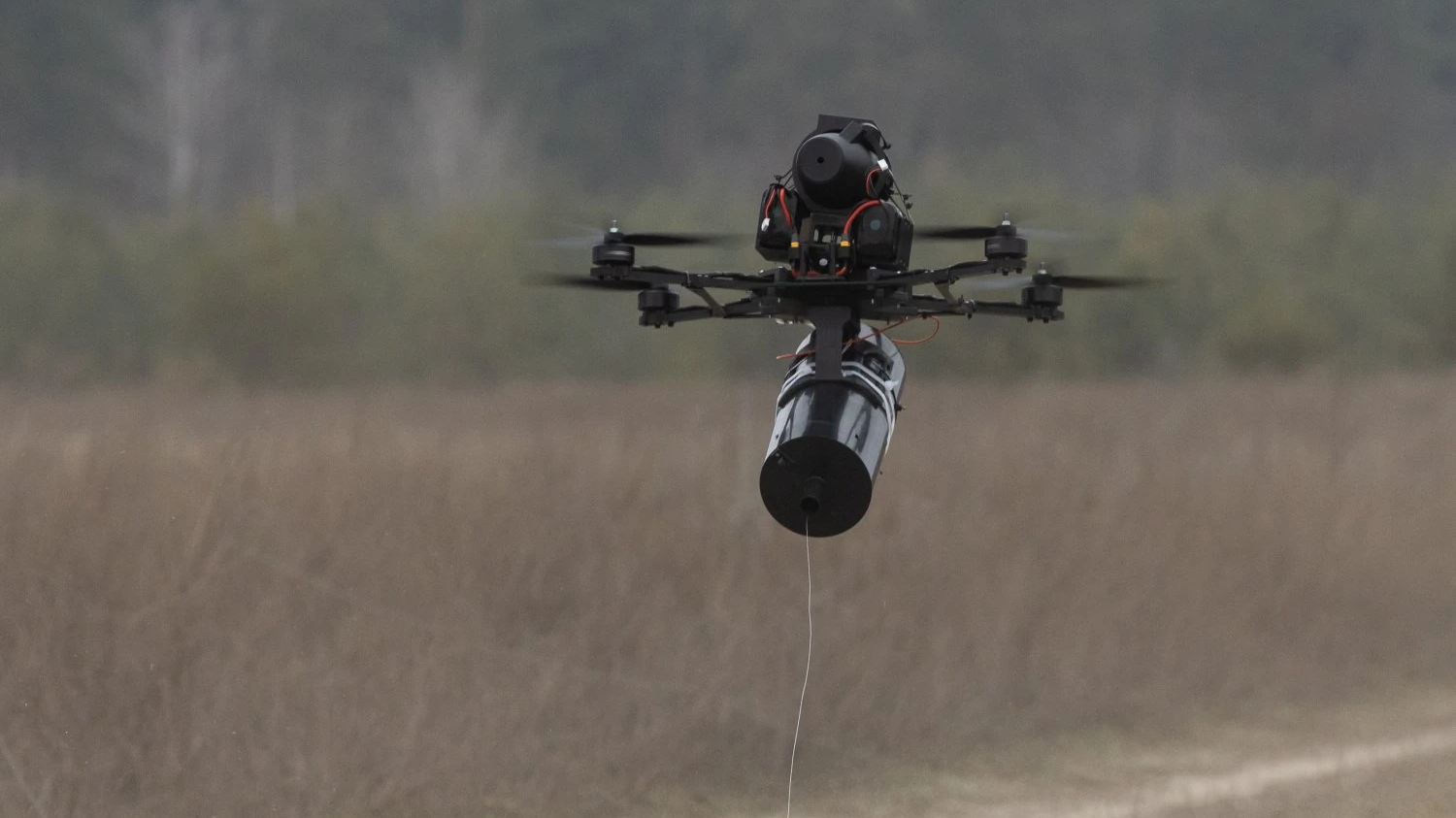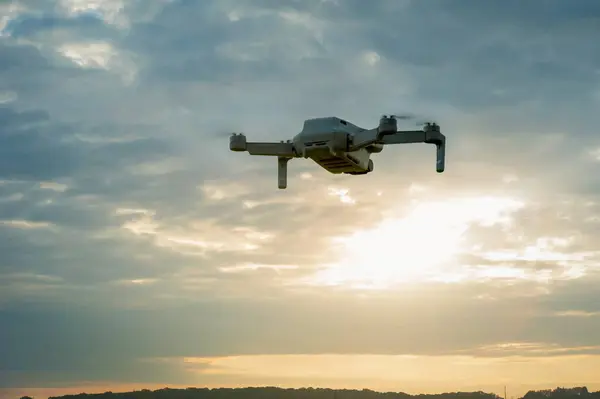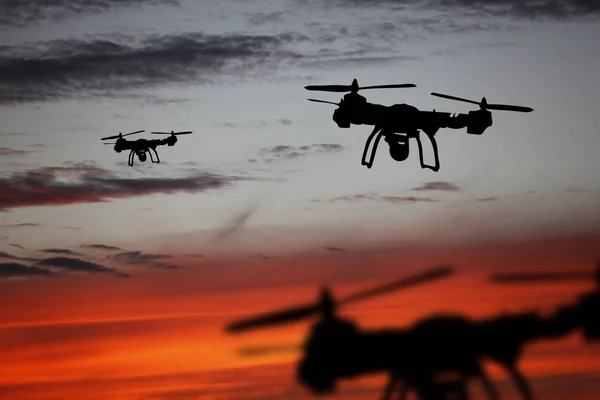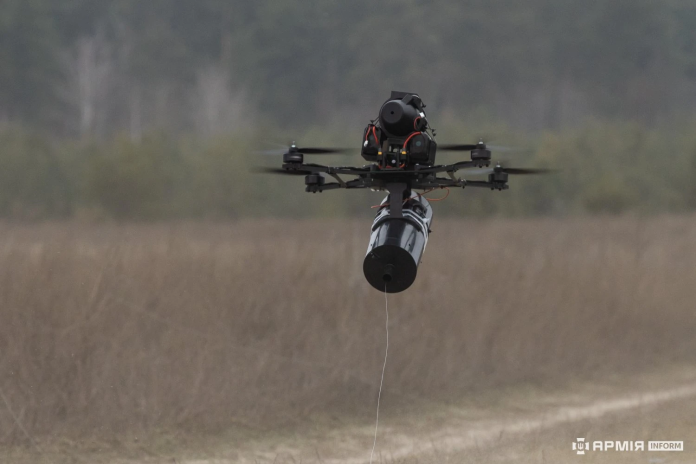
“The number of Ukrainian drone strikes on Russia’s Belgorod region has risen almost fourfold from January 2025.” This stark statistic underlines a dramatic escalation of cross-border strikes now leaving tens of thousands without electricity. What began as sporadic incidents early in the war has coalesced into a campaign against critical infrastructure, the effects of which ripple far beyond the battlefield.

Once insulated from the worst of the conflict, Belgorod has become a frontline in Ukraine’s retaliation against Russian assaults on its energy grid. Blackouts, fuel shortages, and the steady wail of air raid sirens around the city testify to how life has changed-but also how modern warfare itself is changing with drone and missile technology. This listicle examines the most striking developments that have shaped this new phase of the war, from tactical innovations to strategic consequences.

1. An increase in Drone Strikes
Local authorities said Ukrainian drone strikes against Belgorod have surged to nearly quadruple since the beginning of 2025. In September alone, there were more than 4,000 drones, while in January, their number was about 1,100. One of the largest single strikes included over 260 drones. The surge reflects Ukraine’s rising use of unmanned systems in retaliation for Russia’s almost daily bombardment of Ukrainian cities.

2. Blackouts Hit Critical Infrastructure
At the end of September, Belgorod’s main heat and power plant and a key substation were hit, leaving about 77,000 residents without power – roughly 5% of its overall population. Though electricity in the city center was restored quickly, suburbs were left without light well into morning. Less than a week later, another big blackout followed to emphasize the vulnerability of energy infrastructure to precision strikes.

3. Fuel Shortages from Refinery Attacks
Ukraine has sharply escalated the pace of its strikes on Russian oil refineries, hitting 21 of the 38 largest plants since January. The consequences have been grim: over half of Russia’s regions, including Belgorod, have reported shortages of petrol and diesel; retail prices have soared, and some independent filling stations have stopped operation. President Zelensky termed strikes on refineries “the most effective sanctions” to limit Russia’s war potential.

4. The Rise of the ‘Darts’ Drone
The increased Ukrainian production of lightweight ‘Darts’ drones carrying 4kg warheads has made mass launches more possible. These are low-cost systems deployed either singly or in swarms to saturate defenses. Their low cost and adaptability make them ideal for sustained campaigns, though heavier weapons are used in deeper strikes on energy facilities.

5. Implementation of Long-Range Systems
Recent strikes in Belgorod could involve HIMARS rockets or Morok drones. HIMARS provides precision through GPS-guided strikes, hitting logistics hubs up to 80km away and well beyond Russian artillery range. The Morok reportedly flies 800km and carries 30kg warheads, a major leap in Ukraine’s long-range strike capability.

6. Strategic Targeting of Logistics Hubs
Belgorod is an important staging area for the Russian military, hosting artillery and sites used to launch short-range drones. Other attacks on ammunition depots – like one that hit near Valuyki last week, which destroyed munitions and triggered secondary explosions – have apparently aimed to disrupt supply chains and slow the tempo of operations by Russian forces across the border.

7. Civilian Life Under Constant Threat
Residents describe a new normal of sirens, gunfire, and darkness. “Complete darkness outside. you can’t see anything,” one local said after a blackout. The psychological impact mirrors that endured by Ukrainians under Russian strikes, as the sense of safety and stability that Belgorod once enjoyed is being eroded. The strikes highlight an important evolution in the dynamics of the war: The Ukrainian campaign against Belgorod-attacks against energy infrastructure, fuel supplies, and logistics hubs-pushes the battlefield deep into Russian territory.

In doing so, Ukraine is wielding technological innovation-from mass-produced lightweight drones to more advanced long-range systems-to impose strategic and psychological costs. For Belgorod’s residents, this is no longer a faraway war but a daily reality created by the hum of drones and a flicker of failing lights.


